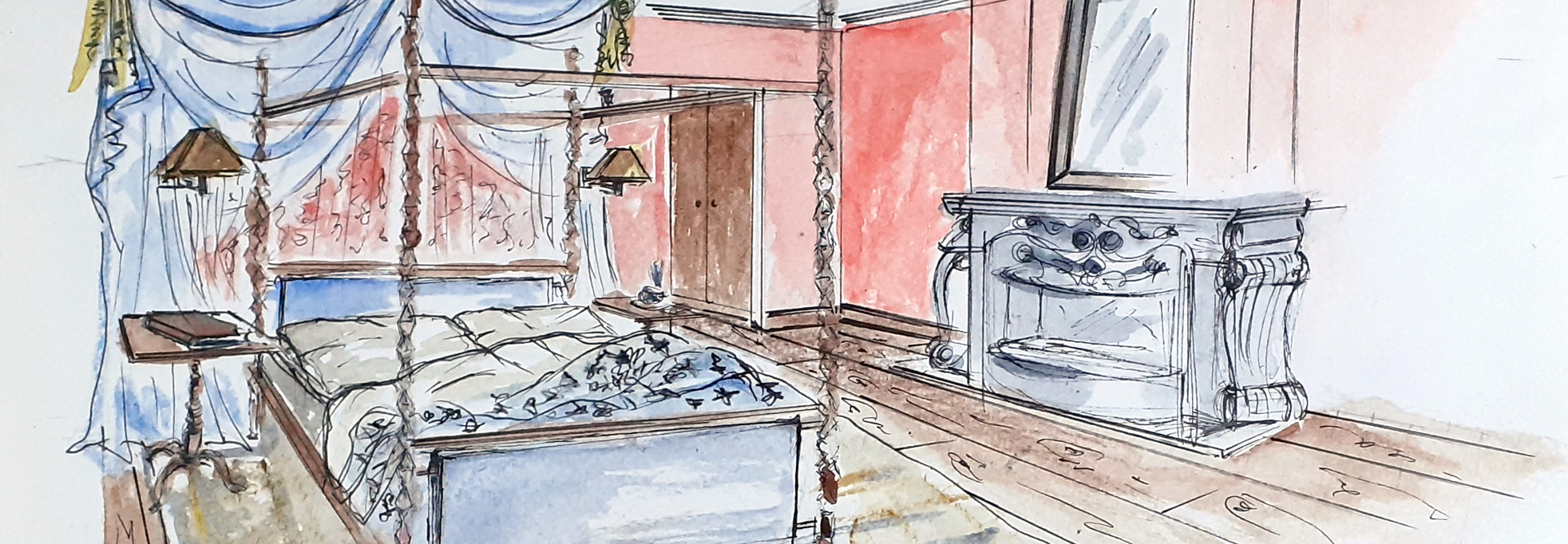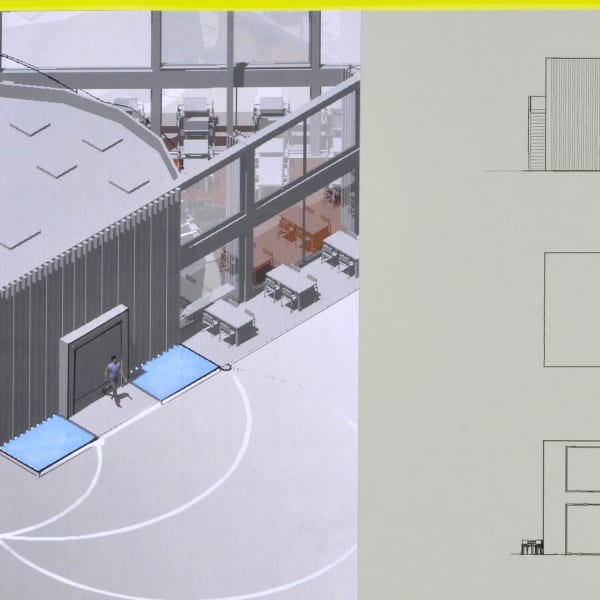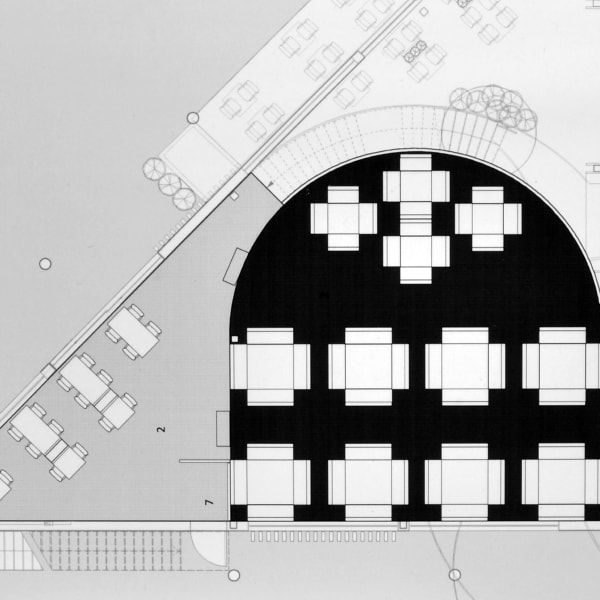We spoke to Short Course tutor Gianfrancesco De Falco to learn more about Freehand Perspective Drawing for Designers, one of the popular courses he teaches here at Chelsea College of Arts.
Below, Gianfrancesco gives us an introduction to the course and outlines 5 reasons why you need to take this course.
Freehand Perspective Drawing for Designers is suitable for students who are new to freehand drawing, as well as offering a refresher to those who have some experience. By learning the fundamentals of perspective drawing or sharpening your skills you will boost your confidence, allowing you to create realistic 3D sketches to fully communicate your ideas to clients, colleagues and manufacturers.
Please give a short introduction to your course and subject area - What is the basic structure and what should students expect to learn after taking the course?
This course comprises of a set of theoretical and practical sessions to learn and to develop freehand drawing skills.
Could you take us through, in a little more detail, one technique or topic students will learn about on the course?
Students will learn how to create sketch perspectives and will be provided with tips and practical instructions to improve drawing and rendering techniques.
Students will learn and practise with one and two-point perspectives. For both methods, they will be learning two different approaches: how to quickly produce a sketch estimating sizes and proportions and how to draw a perspective to scale. This is done by using a grid for ‘one-point perspective’ and applying the ‘measuring point method’ for the two-point perspective.
What is the most important thing that students take away from your course?
They will learn a new language with which they can express the ability to quickly communicate their ideas. Students will be able to show their creative solutions and visually assess their subject, objects or spaces, using proportions and various techniques to draw more realistically.
Anything you'd like to add?
Beyond the practical use of this amazing skill, I would like to underline some of the proven health benefits of drawing: it is a self-esteem booster, it improves your memory, it reduces stress, let your mind relax, it improves visual learning, it enhances positive emotions and many more.
Five Reasons You Should Take This Course:
Here are some reasons to take our Freehand Perspective Drawing for Designers course, related both to the practical/functional and to the emotional/psychological aspects.
- Sketching can help you improve your communication skills. It is also a great skill for mapping out ideas and collaborating with team members.
- A practical aspect of sketching is that it saves time during the workflow process as it helps to quickly evaluate the feasibility of creative solutions.
- Art encourages creativity and sketching is a good way to improve your creative skills. You begin to think in a different way and you develop alternative methods for solving problems. This can really help you both professionally and personally.
- Sketching is a great way to relax and let your mind rest. You can sketch at any time and at your own pace. It also helps to develop your ability to focus and to pay attention to details; a skill that can be very useful throughout your career and life.
- The art of sketching contributes to building self-esteem and confidence. While the quality of your drawings improves, you will get a sense of achievement and start feeling proud of your art, gaining more confidence in your work and in your life.
Anything you'd like to add?
Drawing is a skill that you can learn at any age, no matter if you are talented or not. A skill is something that can be improved through practice and guided learning. If you are passionate about drawing and if you routinely practise, you can awaken the talent in you.
You can view Gianfrancesco's work on his website: www.gianfrancescodefalco.com



